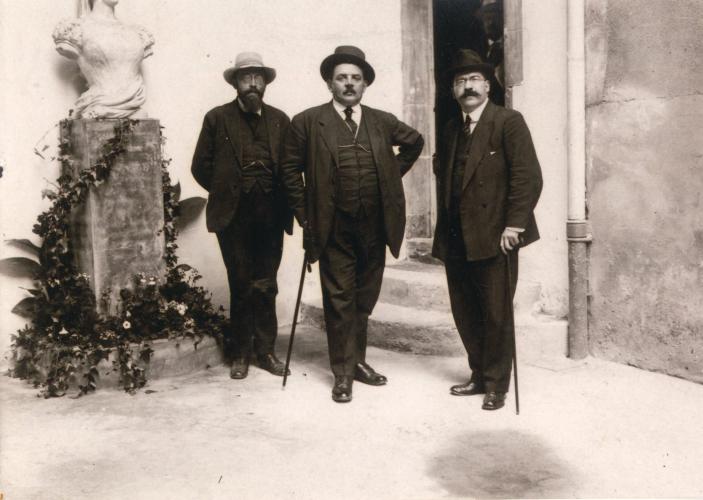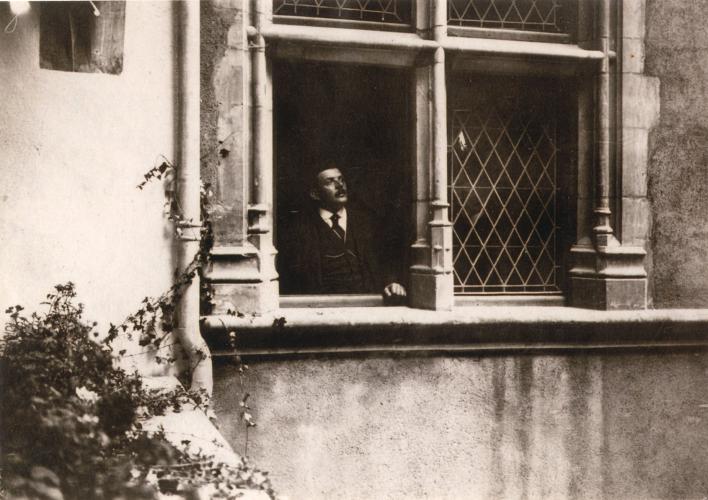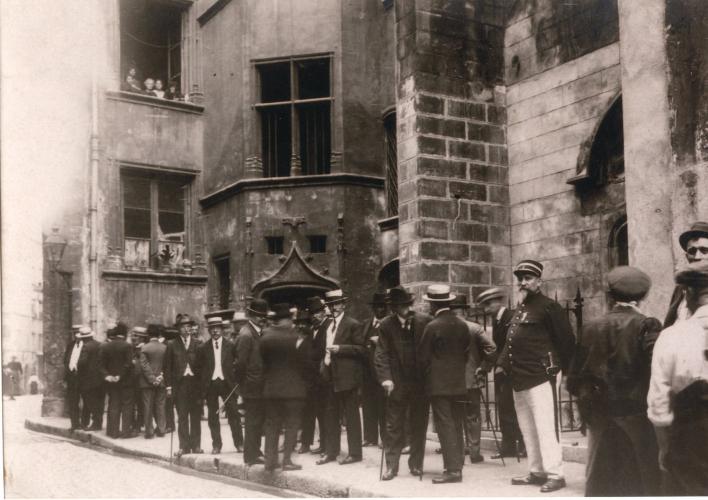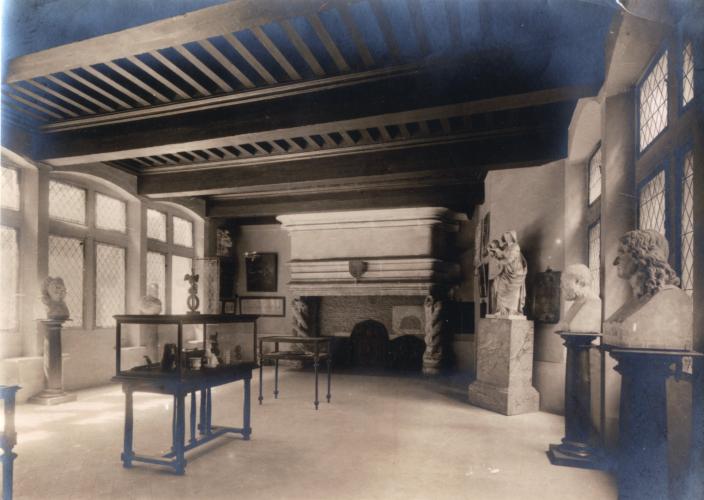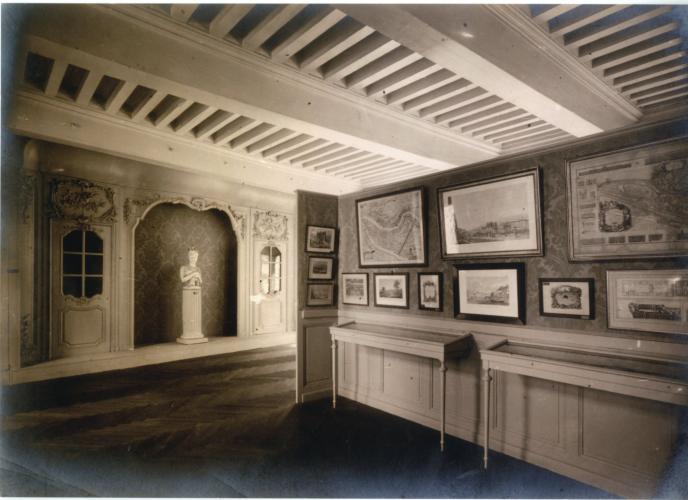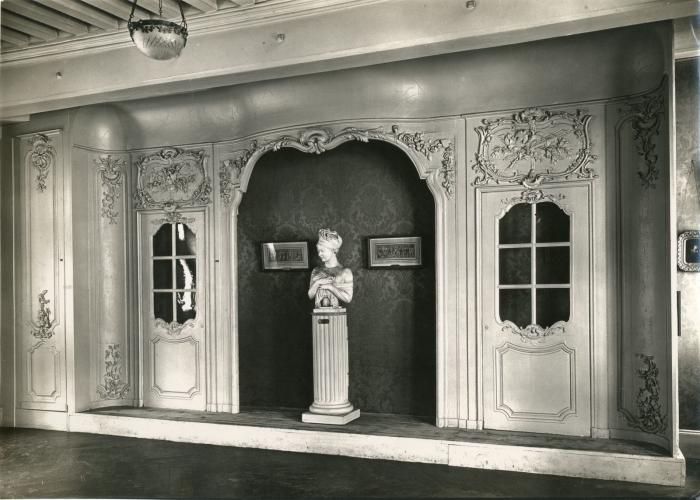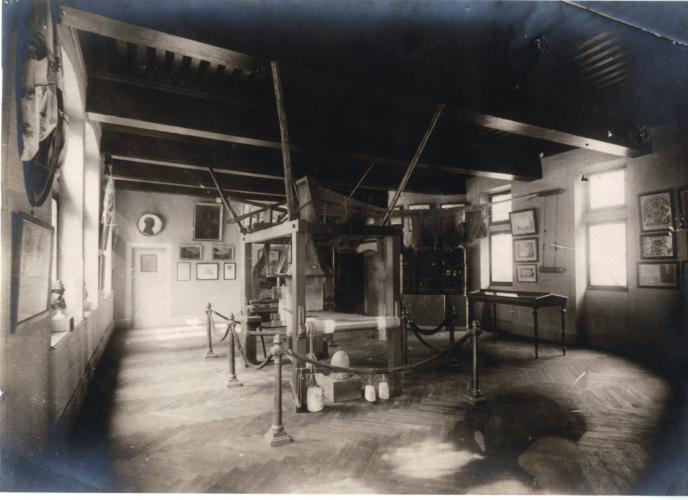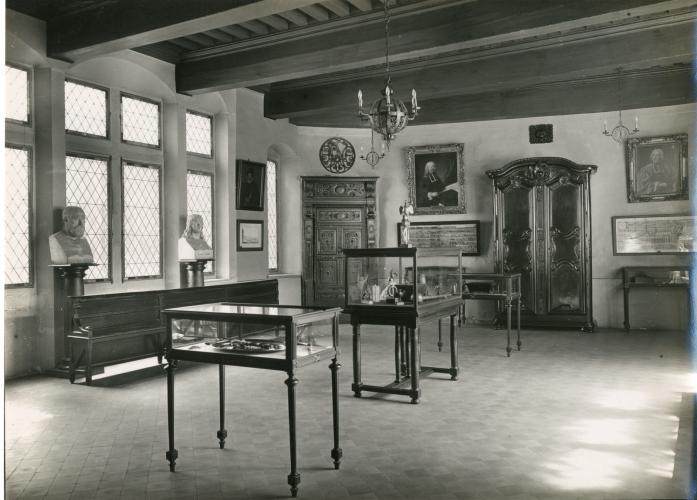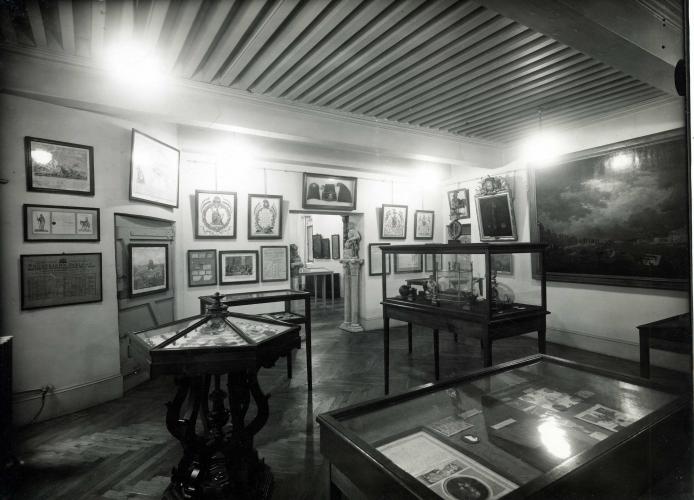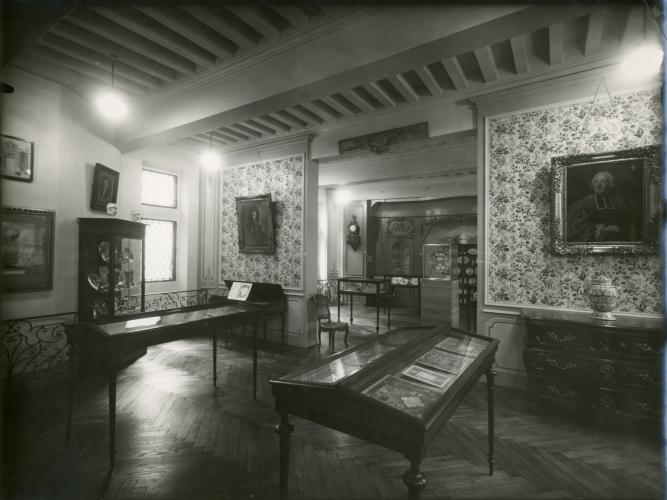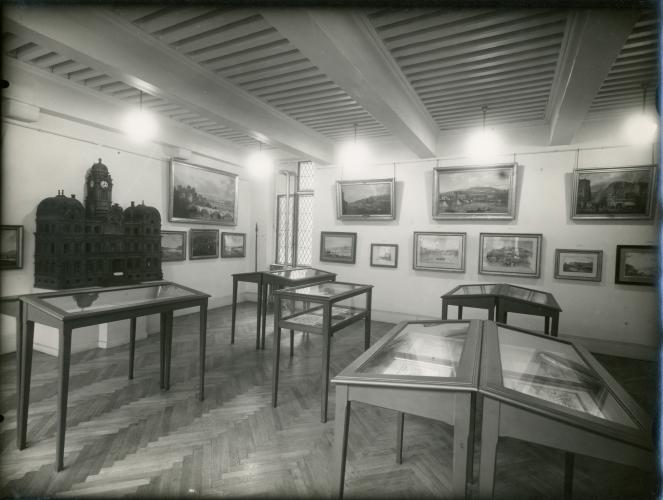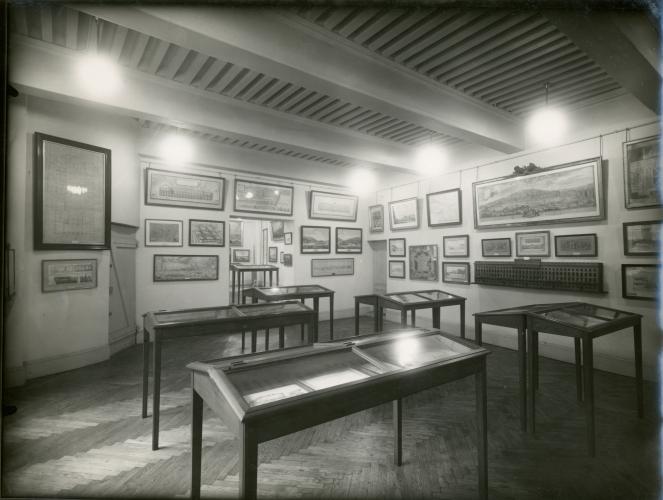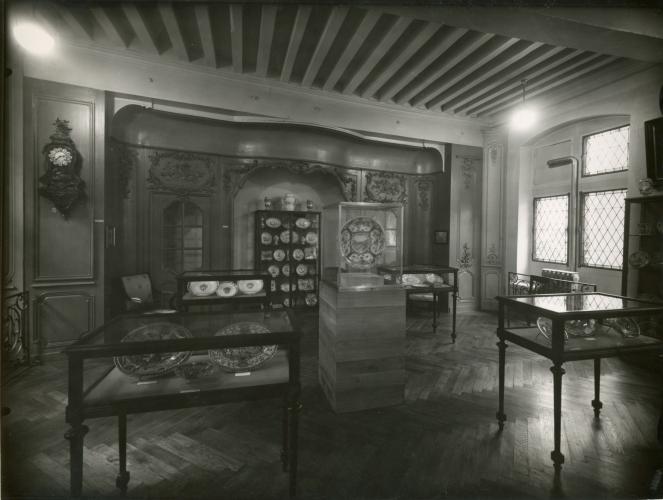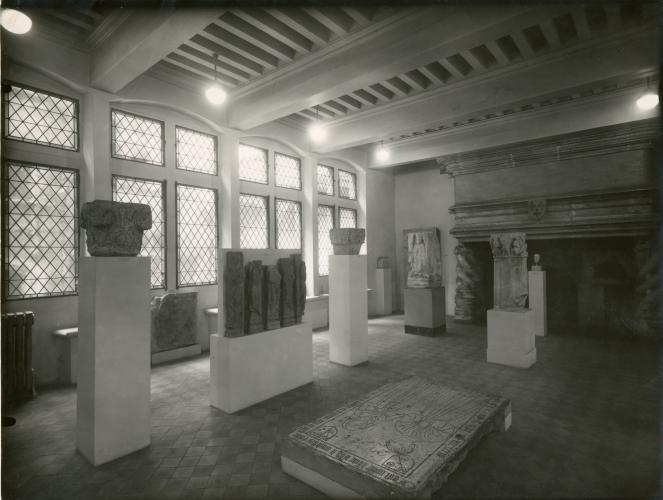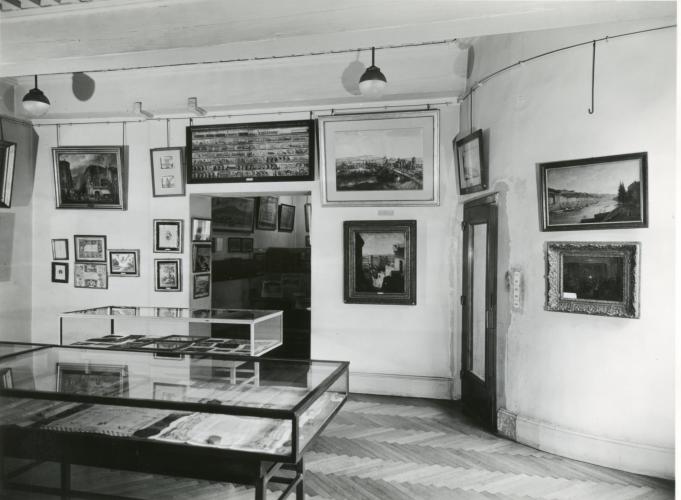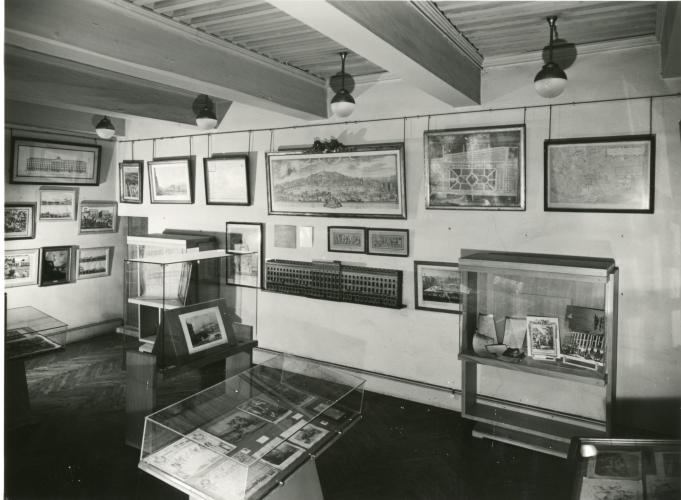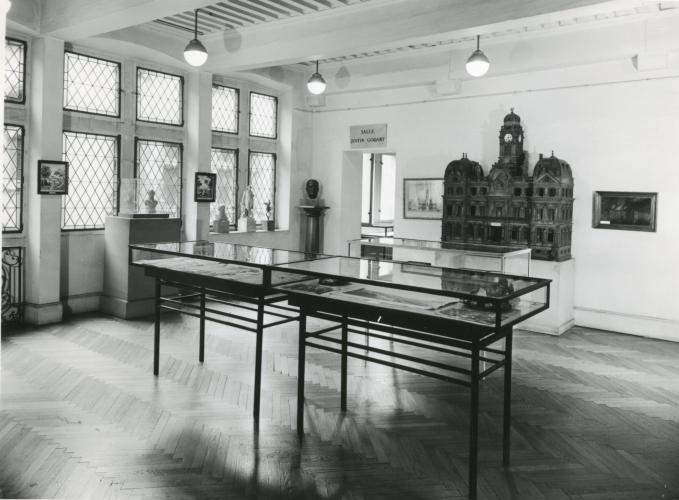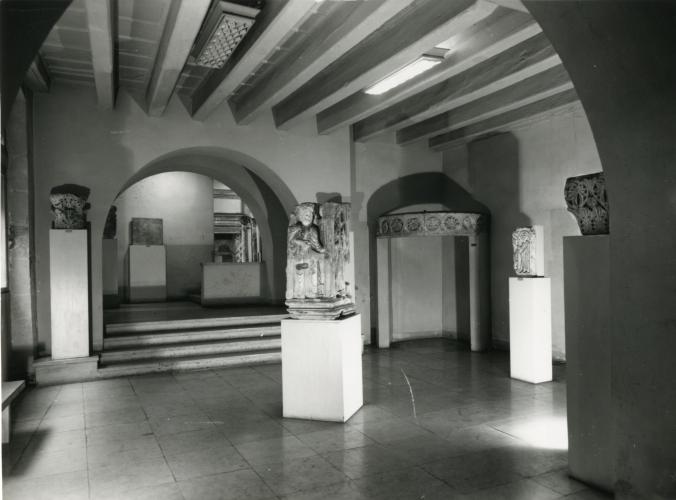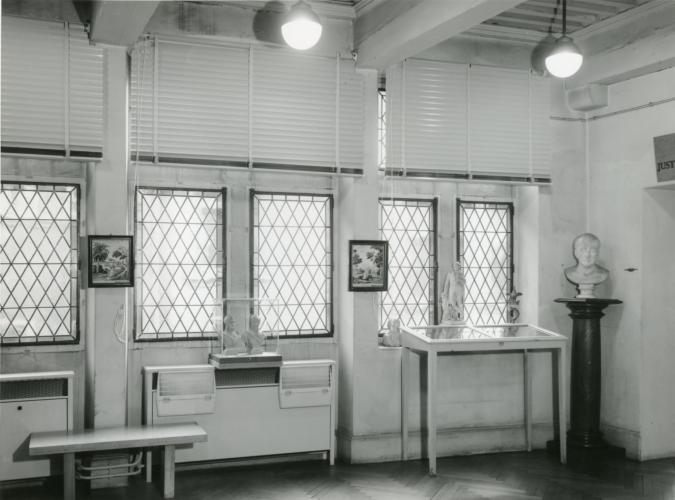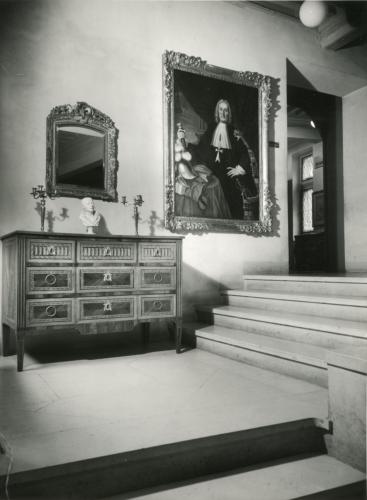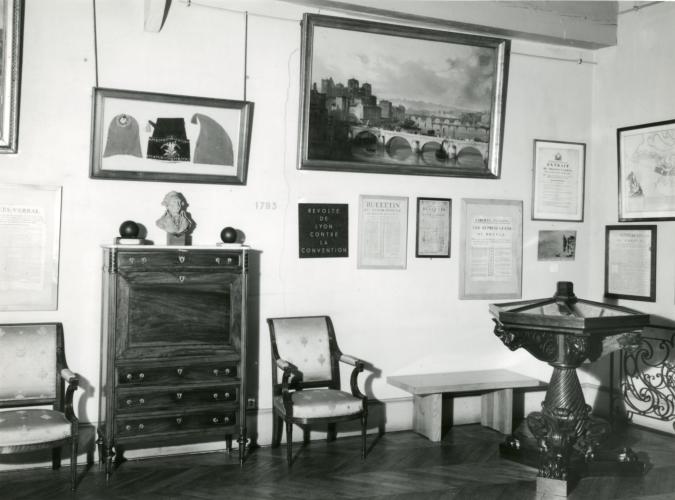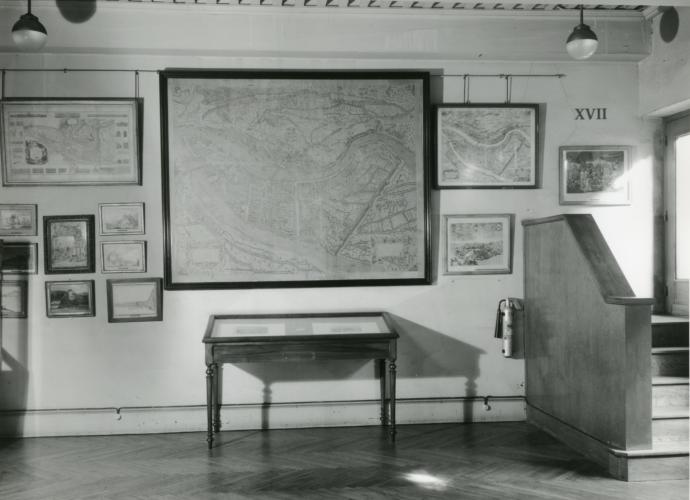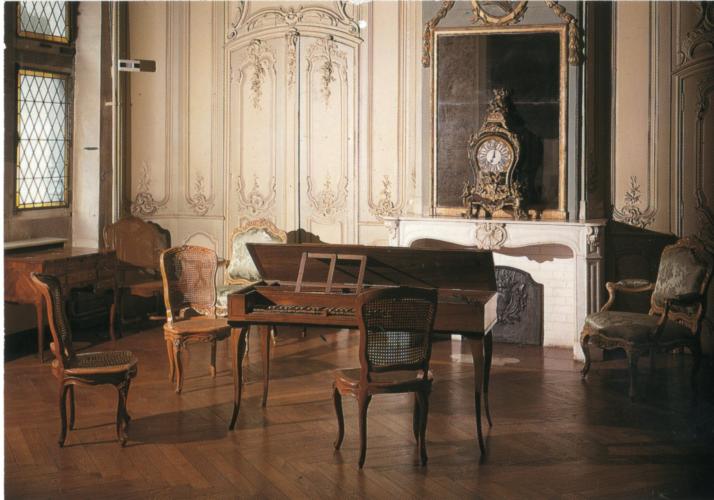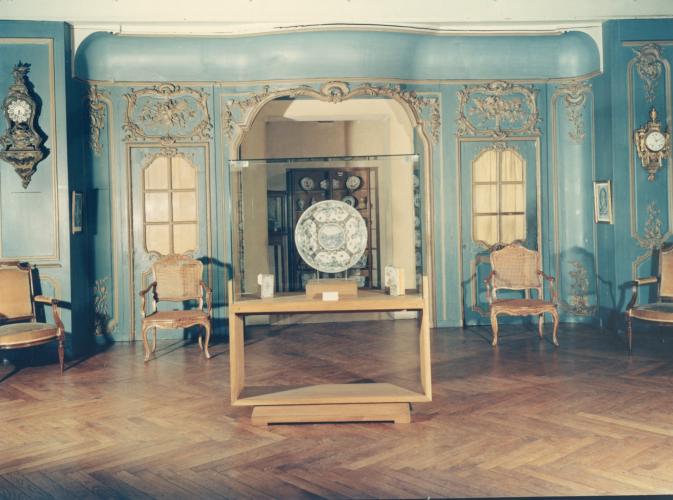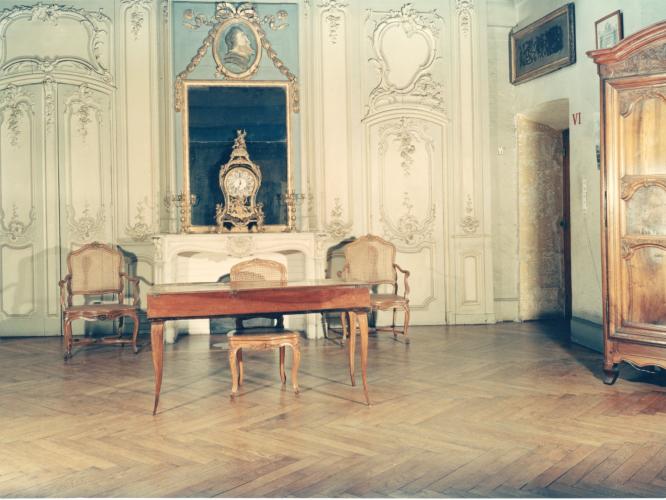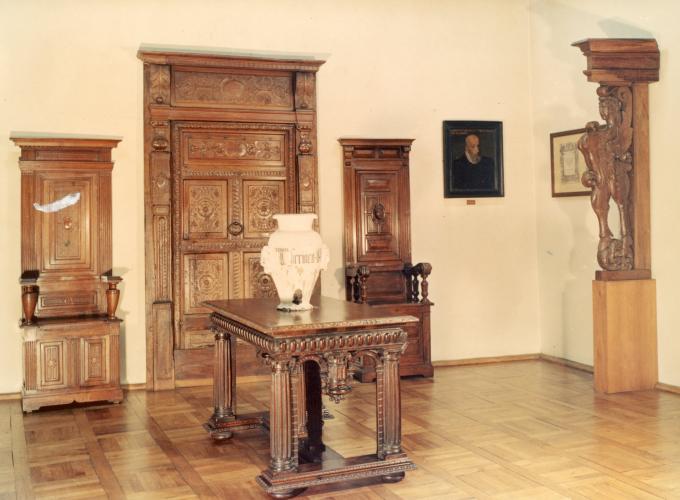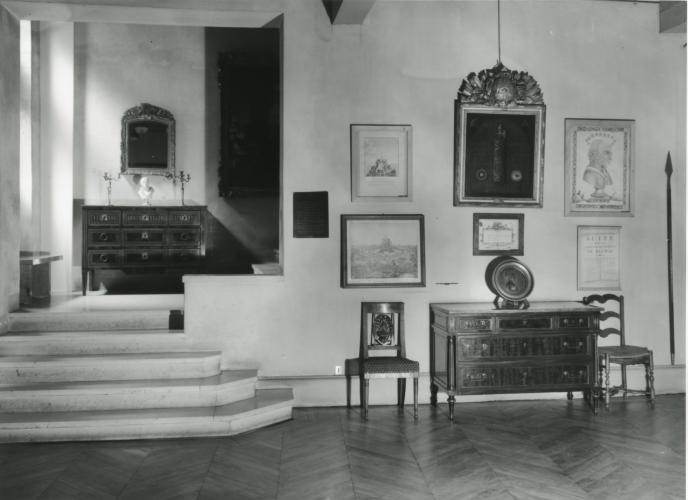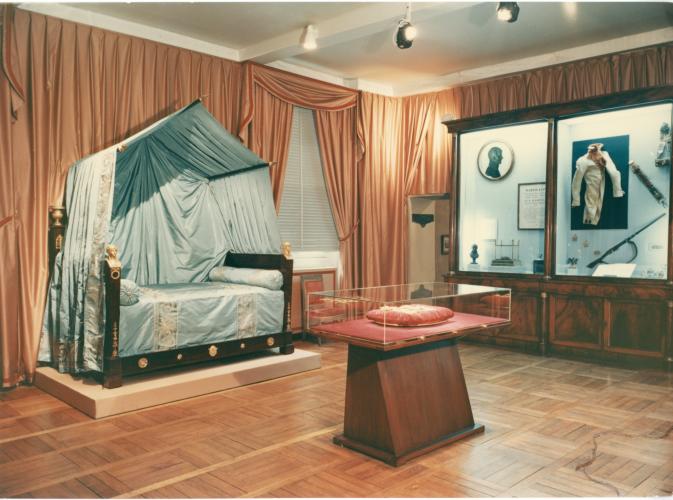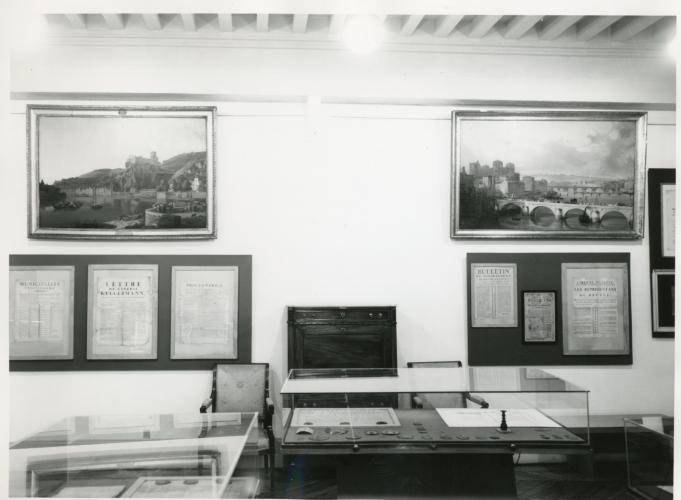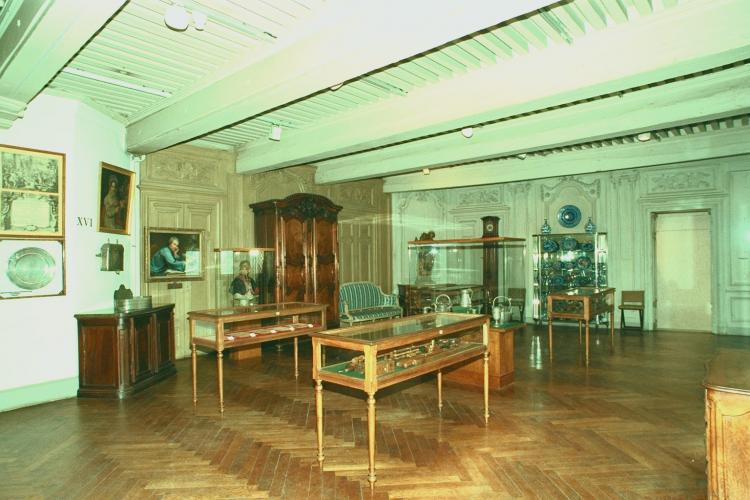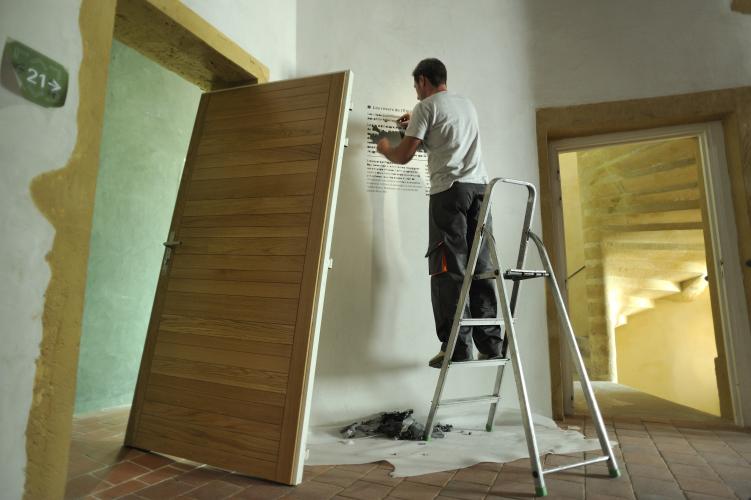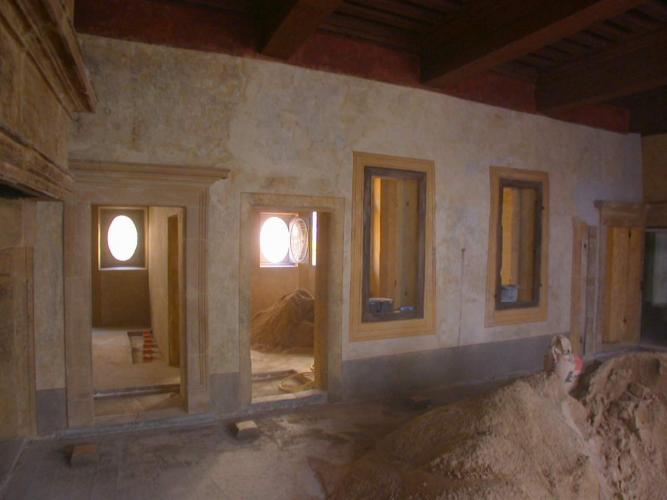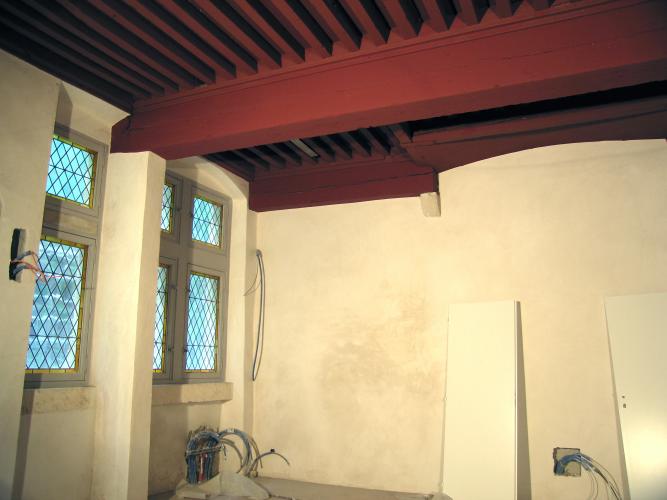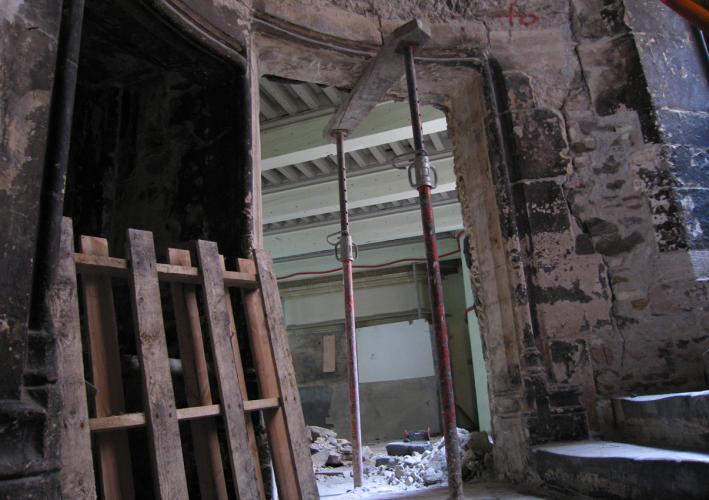History of the Lyon History Museum
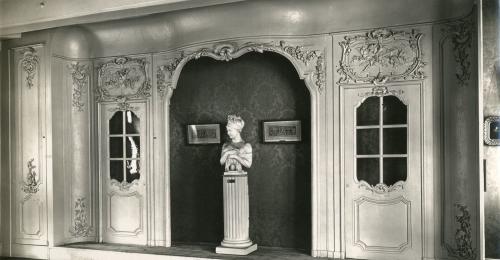
Depuis 1921, le musée d’histoire de la ville de Lyon est installé à Gadagne. Auparavant, les collections étaient présentées à l’Hôtel de Ville.
In turn, the town’s symbolic icon, then the heritage showcase of Vieux-Lyon (the old part of the city), following its renovation, the museum became the focal point for the general history of the city.
The origins of the museum
From the mid 17th century, the Hôtel de Ville (Town Hall) exhibited flags, keys to the city, medals, weapons, town plans and the Table Claudienne purchased in 1530
Acquired in March 1846, the Louis-Sébastien Rosaz collection enriched the museum, which was then in its infancy. It comprised 9850 objects relating to the modern history of Lyon (from 1787 to 1837), i.e. souvenirs of the Revolution supplemented by objects illustrating the revolutions of the early 19th century. The overall collection creates a museum that bears testimony to the grandeur and history of the city.
In 1853, when the Vaïsse Prefecture took over the reins of the town’s administrative centre, the Emperor’s apartments were set up in the Town Hall. In 1857, the museum was boxed and dispersed.
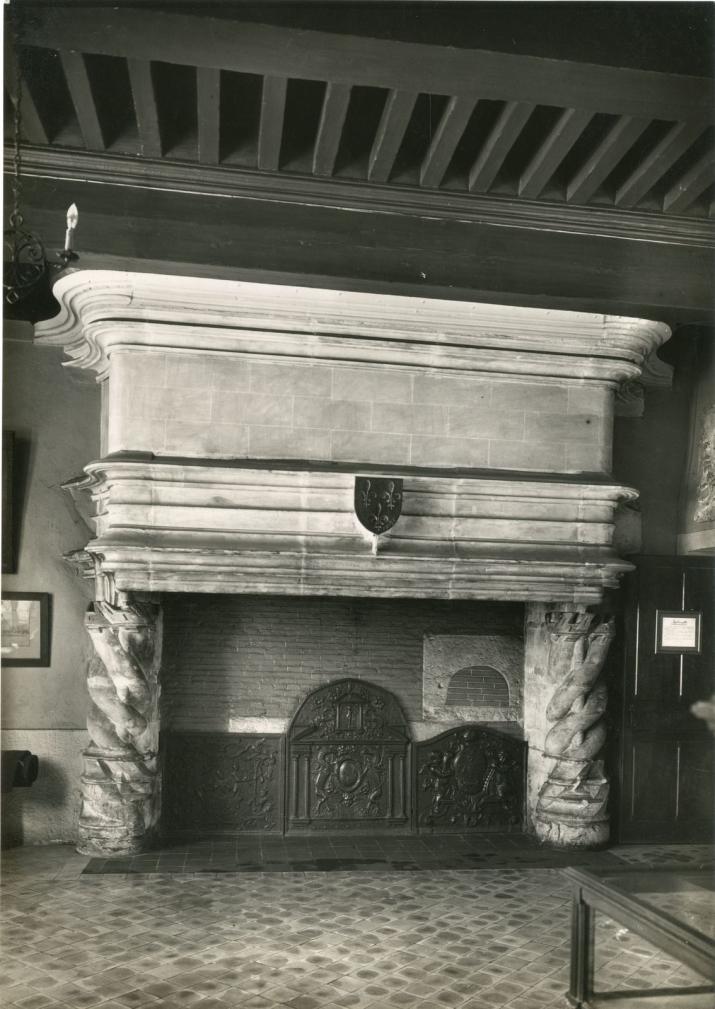
Major works and urban heritage
including the construction of Saint-Paul station right in the heart of Vieux-Lyon triggered an awareness of the specific features of urban heritage. The project to create a Museum to celebrate the history of the city of Lyon, based on the Musée Carnavalet in Paris, gained impetus once more. The Commission archéologique du Vieux-Lyon (Archeological Commission of Vieux-Lyon) was created in 1898. It was in charge of compiling an inventory including photographs of Vieux-Lyon and of collecting archeological and architectural remnants and putting them on display for the general public. The Town started to buy Hôtel Gadagne in 1902 as the location of its future museum.
In 1914, the history of Vieux-Lyon was presented through an international urban exhibition entitled, “La cité urbaine” (The Urban City) organised by architect Tony Garnier. The aim was to create a new collection for the future museum, the construction of which was to follow.
In 1916, the City inherited a large collection : the François Morel Collection (1865-1916). This collector left “everything in his collections that might be of interest to the new museum under construction in Vieux-Lyon, i.e. metals, engravings, pictures, books, documents, trinkets and weapons, etc. ”.
1921, The Inauguration
The first three rooms in the museum were inaugurated in 1921 in the “Hôtel Gadagne” (Gadagne townhouse). For Emile Leroudier, the then Deputy Town Mayor, these rooms had to “retrace (…] the history of our city in terms of both the successive transformations of the city itself and those experienced in the public and private lives of its habitants, giving, at the same time (…) an exact idea of its economic and social development”. The museum then became the focal point for discovering the city’s general history.
Other institutions in Lyon such as the musée des Beaux-Arts (Fine Arts Museum) or the archives municipales (Municipal Archives) helped to create the museum through submissions.
From 1928 onwards, the Société des Amis de Gadagne (Friends of Gadagne Society) acquired pewterware, earthenware and furniture signed by the cabinetmakers of Lyon. A shift towards decorative arts was coming to the fore. This increased over time.
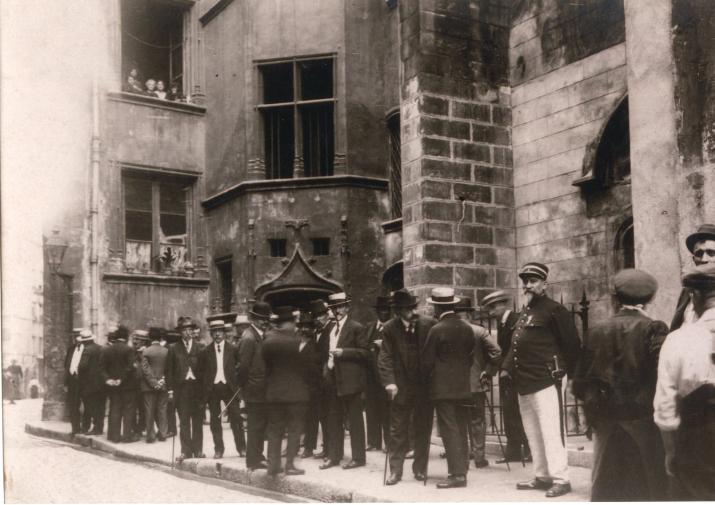
The renovation of 2009
The keys of the city
Throughout the 31 permanent exhibition rooms, the museum provides you with keys to improve your understanding of how Lyon became the city of today. The exhibition seeks to highlight how the city developed, era by era : phases of destruction or construction, extension or regression as well as social, economic and cultural activities and important events, etc.

